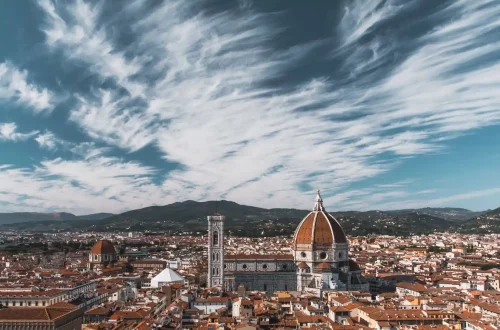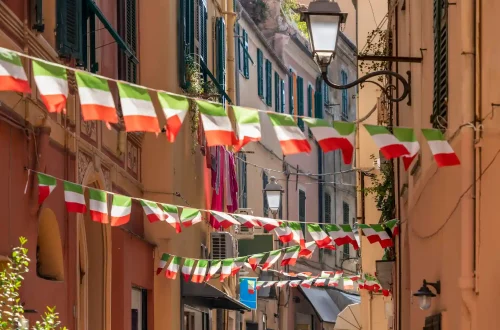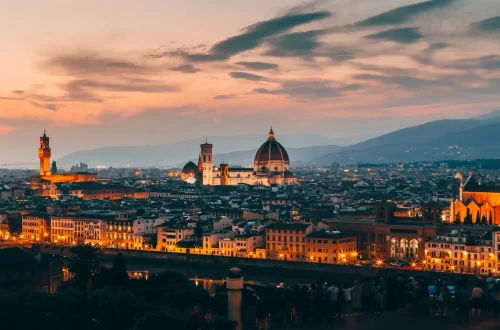
Standing at the heart of Rome, between Piazza Navona and Via del Corso, the Pantheon is one of the most extraordinary and best-preserved monuments of ancient Rome. With its massive dome, elegant Corinthian columns, and mysterious oculus, the Pantheon has captivated architects, historians, and visitors for centuries.
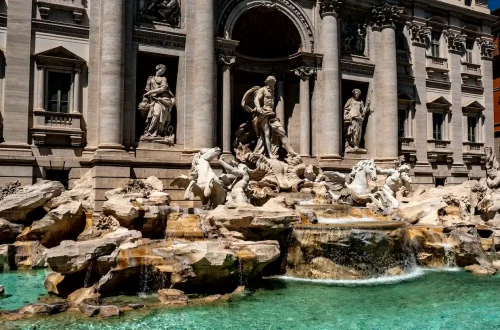
Known in Italian as Fontana di Trevi, this late Baroque masterpiece is not only one of the most iconic fountains in the world but also a symbol of Rome’s rich artistic heritage and mythological storytelling. Located in the heart of the Trevi district, the fountain draws millions of visitors each year

On Wednesday, September 17, the Gazzetta Ufficiale published the ruling from the Turin Court that directly challenged the constitutionality of Decree-Law No. 36/2025 before the Italian Constitutional Court. This publication marks the beginning of a legal proceeding that could potentially overturn the decree and its imposed restrictions on the right to Italian citizenship.

Italian regional dialects are deeply rooted in history, culture, and identity, forming a rich linguistic mosaic that continues to shape Italy’s national language and social fabric. This article explores their definition, classification, legal status, contemporary use, influence on standard Italian, and cultural significance.

Before the flourishing of the Renaissance, Italy was a fragmented mosaic of city-states, each with its own government, economy, and cultural identity. The collapse of centralized imperial authority after the fall of the Western Roman Empire left the peninsula divided, paving the way for regional powers like Florence, Venice, Milan, and Naples to rise.
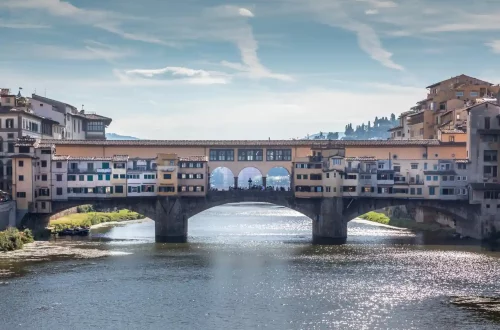
The Ponte Vecchio, meaning “Old Bridge” in Italian, is one of Florence’s most iconic landmarks and a living testament to the city’s medieval heritage. Spanning the Arno River, it is the oldest bridge in Florence, originally constructed in 1218. The current structure was rebuilt in 1345 after a devastating flood destroyed its predecessor.
carregando ...

